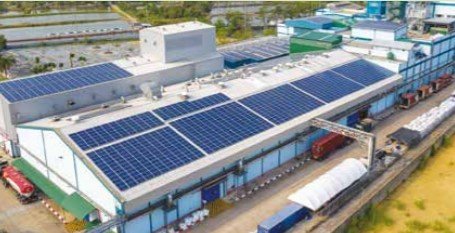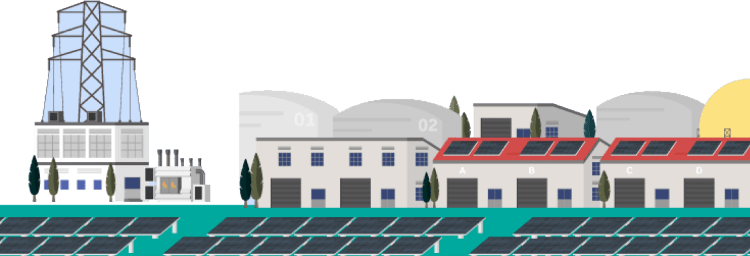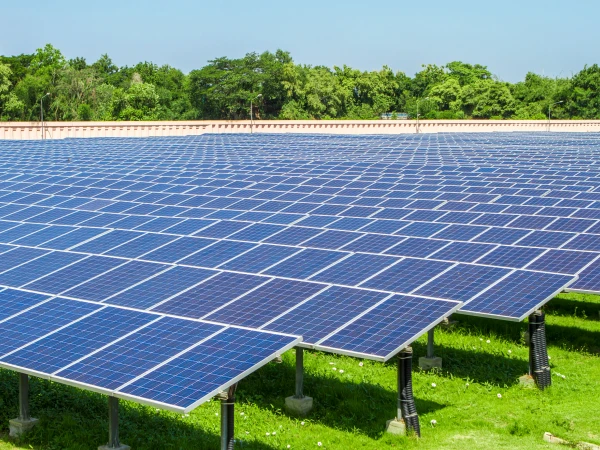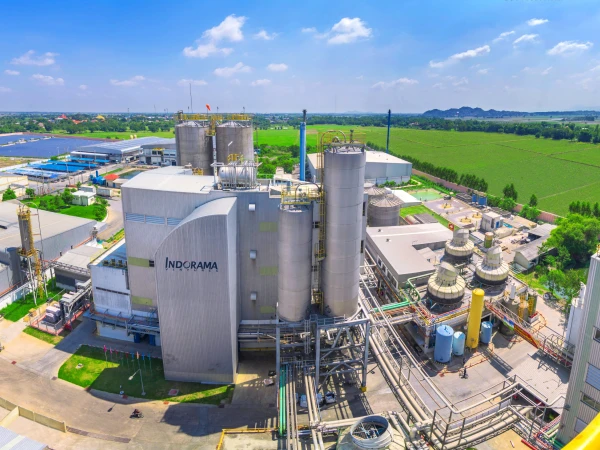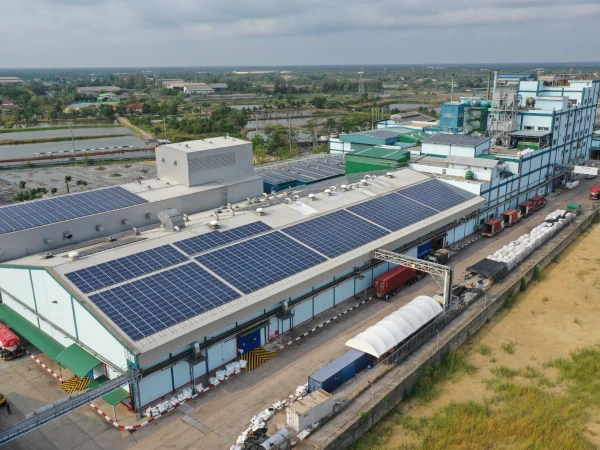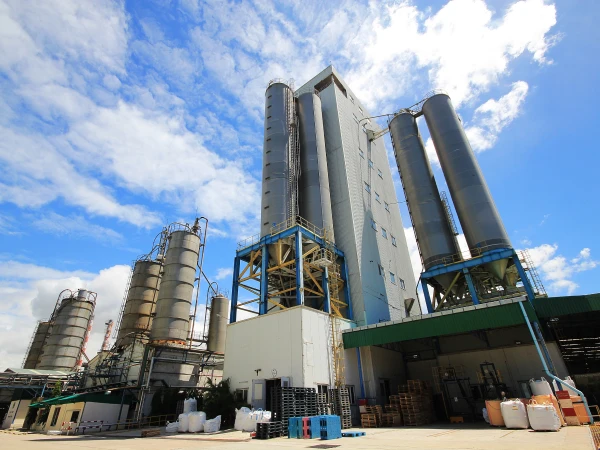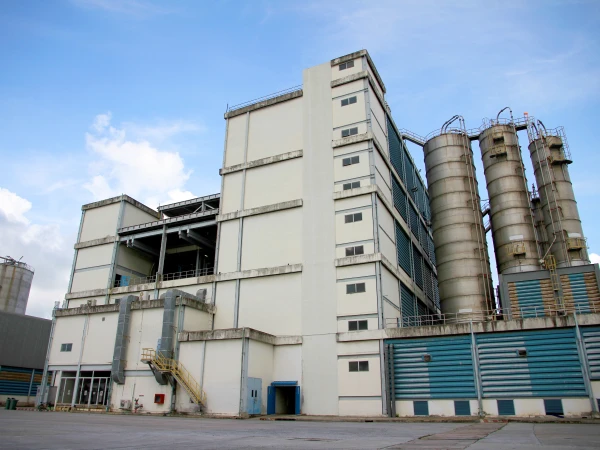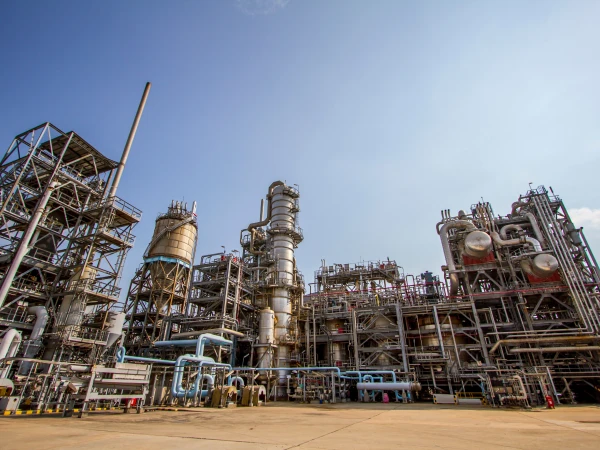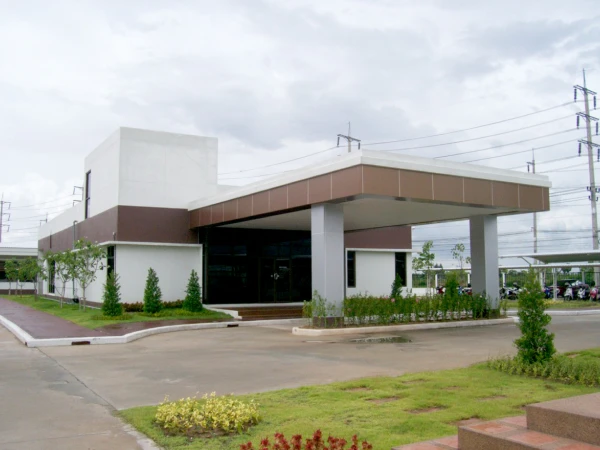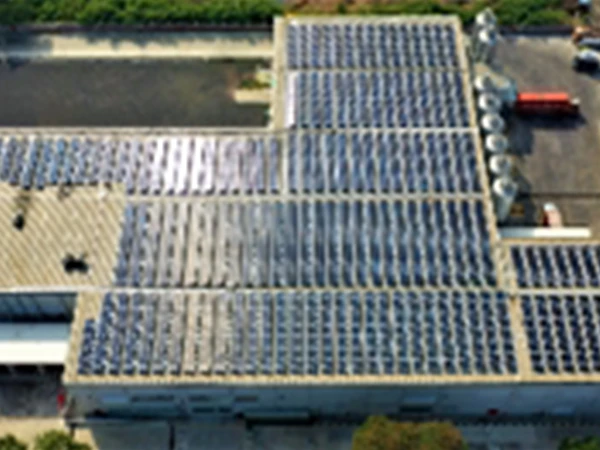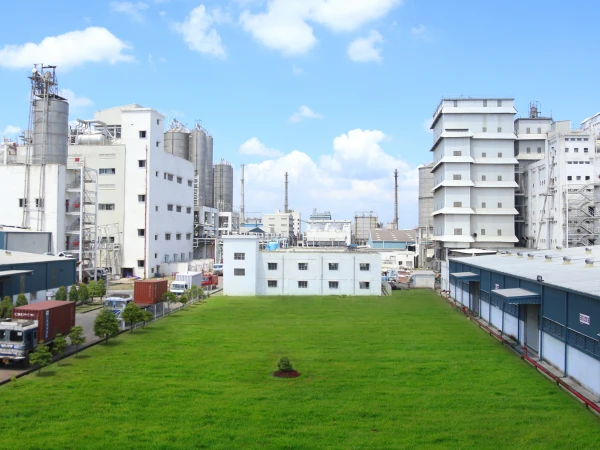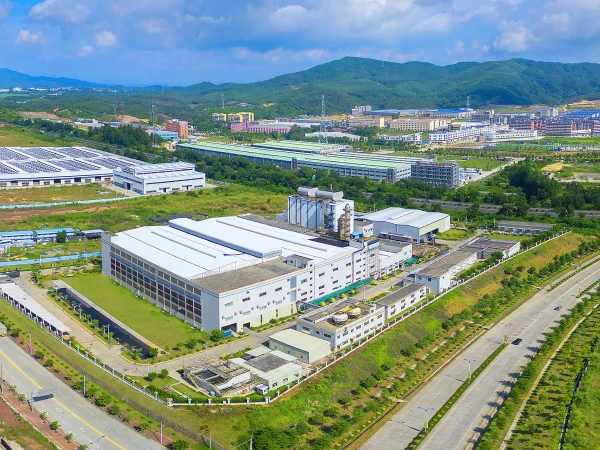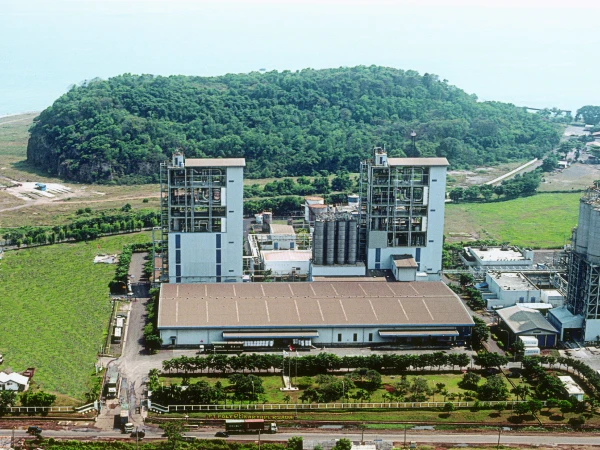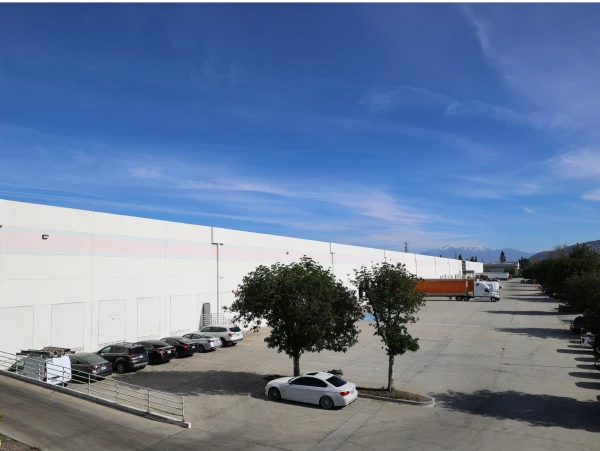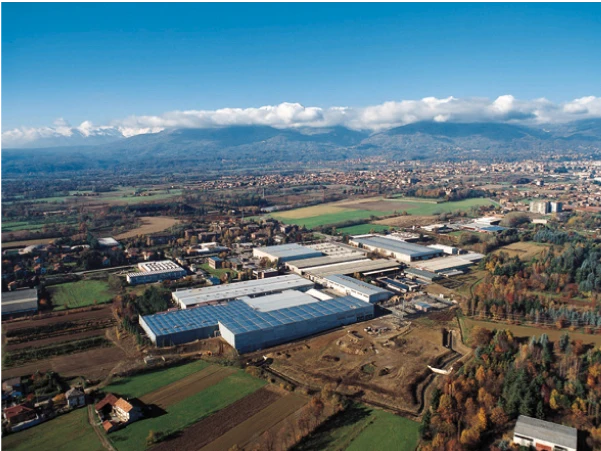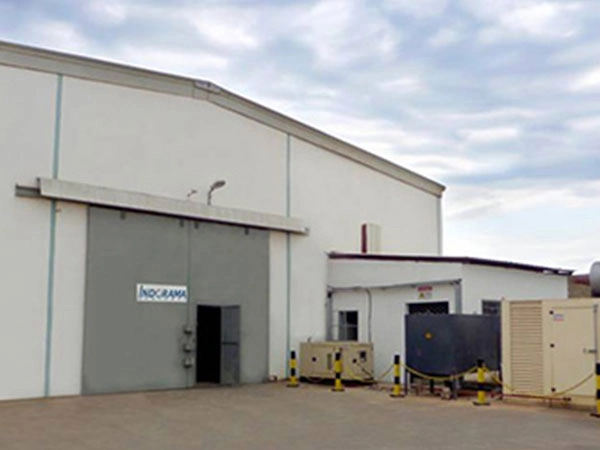Renewable Energy Management
Renewable Electricity
Renewable electricity generated and used in plants
kWh
Total cumulative GHG reduction
kg CO2e
Due to Renewable electricity consumption
The Renewable Electricity generated by us can help..
The source and calculations originate from the U.S. Environmental Protection Agency (EPA)
Renewable Energy Management
In order to decarbonize our carbon footprint in our operations and value chain, we are exploring a diverse portfolio of solutions. We are actively reducing our reliance on conventional energy and increasing our use of renewable energy sources.
Decarbonizing Indorama Ventures’s energy consumption via onsite and offsite renewable energy development is one of our Decarbonization strategies. We are consuming renewable energy (biomass and renewable electricity) in our operations and are further exploring the option of increasing the use of renewable electricity to achieve our 2025 ambitions. The use of renewable energy is via a combination of
Onsite Renewable Energy
Aside from biomass and biogas, we strive to generate an optimum amount of embed renewables at our sites through solar roof top and ground mounted. We keep installing solar rooftops at our sites and are also focusing on increasing our consumption of solar energy, through solar rooftop and solar floating installations at more other locations.
Offsite Renewable Electricity
Renewable electricity procurement through global virtual power purchase agreements (VPPAs) can offer further opportunities to reduce our GHG emissions in line with our commitment to the Paris Agreement. We are currently exploring procurement of renewable electricity through VPPAs and other market instruments of this type (for example, RECs and ROCs).
Below is the list of plants utilizing 100% renewable electricity
- UAB Orion Global Pet - Lithuania
- Wellman International - Ireland
- UTT Technische Textilien - Germany
- Kordárna Plus - Slovakia
To date, we have installed onsite solar units across 17 sites in Ghana, China, Egypt, India, Indonesia, Italy, Lithuania, Thailand and USA.
We purchased renewable electricity with certificates through PPAs in the US and Europe, We are further exploring the procurement of more renewable electricity through VPPAs, especially in the US and Europe,where the majority of our operational sites are located.
The adoption of VPPAs not only facilitates scalability but also promotes the global expansion of renewable energy capacity, particularly in wind and solar power. Therefore, we are determined to explore opportunities to improve our procurement of renewable electricity through VPPAs at other viable manufacturing locations.
The CPET Packaging team in Ghana, Africa, has successfully installed and commissioned a 1,000kW solar power generation unit as part of Indorama Ventures’ global sustainability drive. This state-of-the-art rooftop installation, designed for optimal space utilization and maximum sunlight exposure, marks the first sustainability initiative at the Ghana site.
Launched in July 2024 and completed in November 2024, the project is expected to generate 1.3 million units of clean energy annually, reducing energy costs by 12% and significantly advancing the company’s green energy goals. This milestone demonstrates our commitment to sustainable operations and positions us as a valuable partner for clients on their sustainability journey.
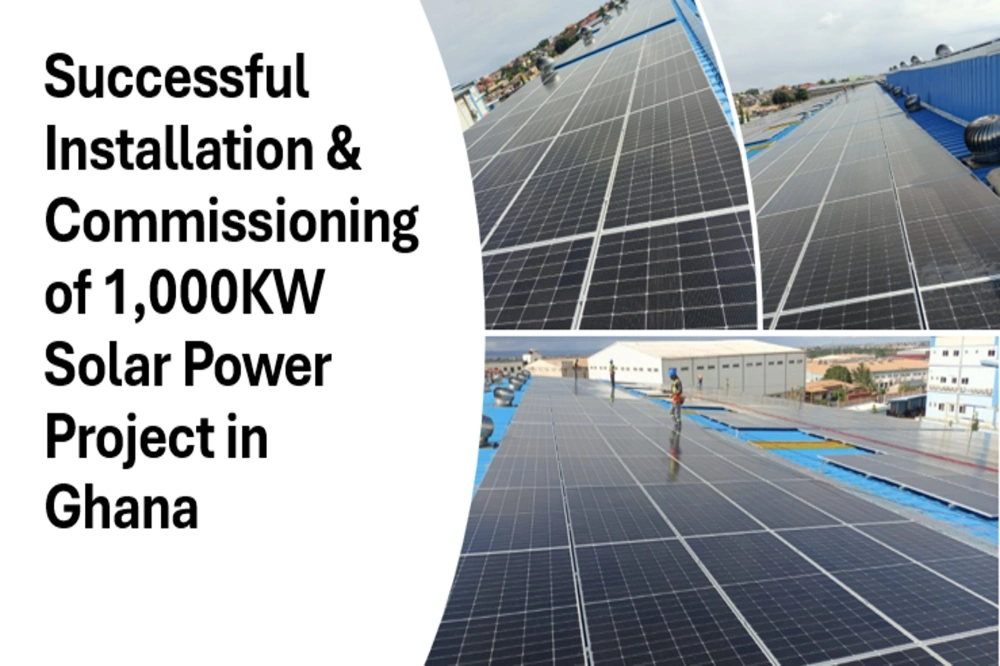
The new solar farm at the Asia Pet site in Lopburi boasts a generation capacity of 5.6 MW, leading to an approximate annual reduction of 3,940 tCO2 e in GHG emission. This project will supply power to Indorama Ventures. With this new installation, the total solar capacity at the Lopburi site will reach 12 MW, making it the largest among all Indorama Ventures’ sites, including existing solar farms and rooftop installations.
This increased solar capacity will provide approximately 15% of the site’s power needs, resulting in annual savings of approximately $ 900,000 and significantly reducing energy costs across the site’s business units. Furthermore, the project will earn Renewable Energy Certificates (RECs), further underscoring our commitment to sustainability.
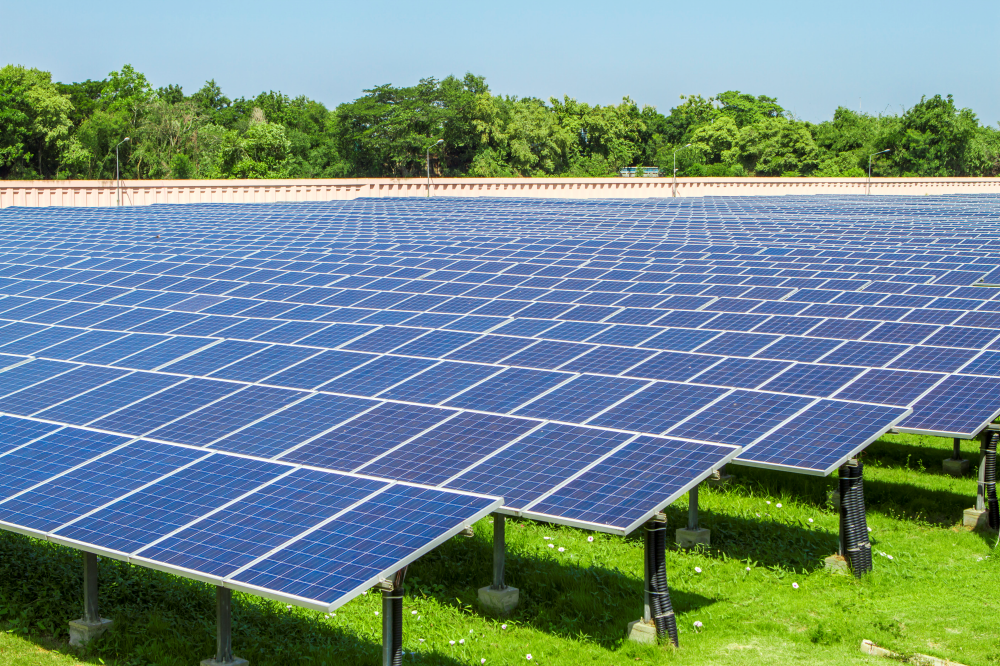
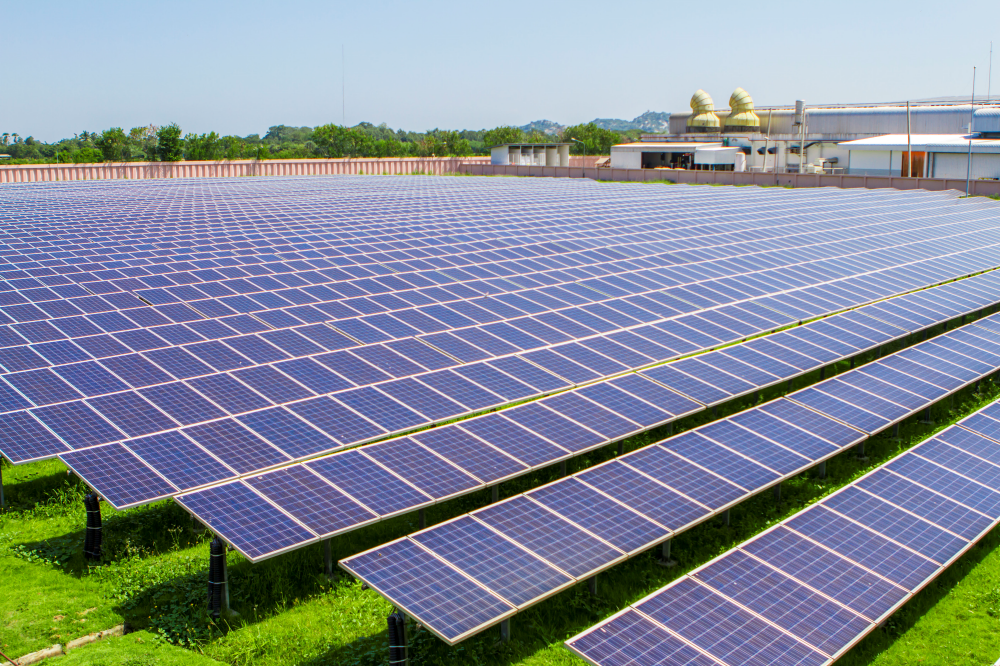
To support our ambition to reduce fossil fuel usage and GHG emissions, Indorama Petrochem Limited (PET), Thailand, has been transitioning from natural gas to biomass for its heaters since 2017. The designed heaters can utilize various biomass materials, including wood chips, wood pellets, and palm kernel shells. In 2023, we expanded our biomass heating capacity with the installation of Biomass Heater C, which has a capacity of 14 MW. Biomass Heater C will be fully operational in 2024, enabling us to reduce GHG emissions by an estimated 9,733 tCO2e/year and replace approximately 38,131 tons of natural gas with biomass annually
Indorama Polyester Industries in Nakhon Pathom, Thailand achieved a significant milestone in their sustainability journey by commissioning a Liquefied Natural Gas (LNG)-based thermic fluid heating system to replace the original coal-fired system. This marks their first step towards phasing out coal at their site, resulting in an annual reduction of 5,212 tCO2e in GHG emissions and an expected overall 6% carbon savings this year.
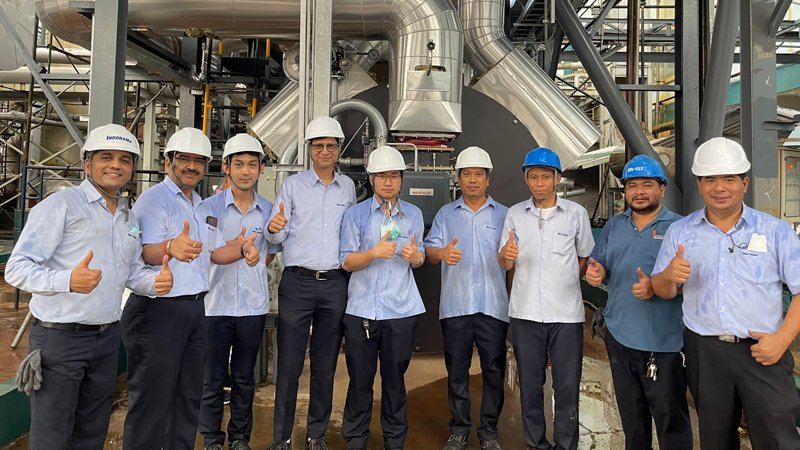
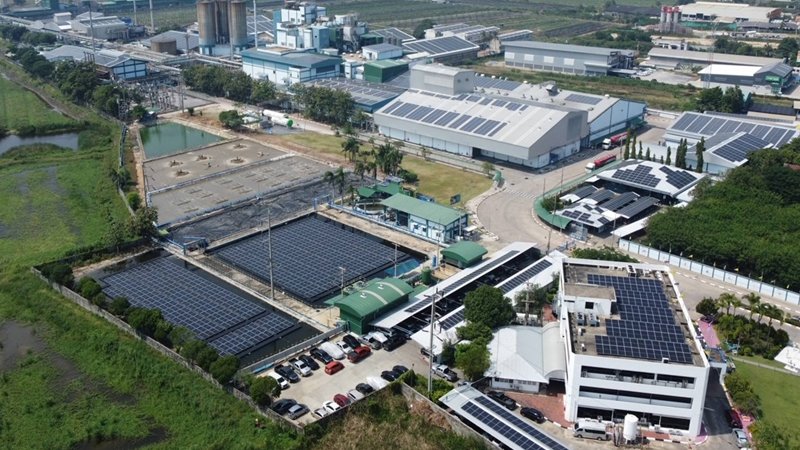
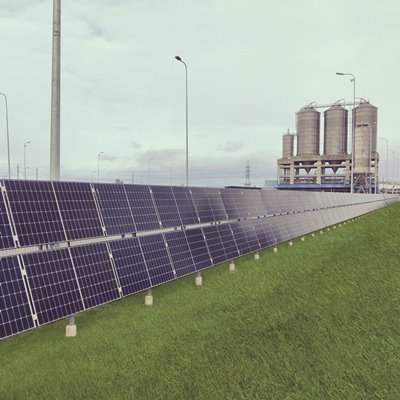
UAB Orion Global PET, our subsidiary in Lithuania, installed a solar power plant in place of a fence, which performs the dual functions of marking the boundary and generating 55.82 MWh of electricity per year bringing total solar energy capacity at the site to 390,000 kWh.
Indorama Polyester Industries (Nakhon Pathom), Thailand, or IPI – N, a wholly-owned subsidiary of the Company, demonstrated its green credentials by installing photovoltaic modules for captive solar power generation on the roof of their facility. These high efficiency modules have a capacity of 840 kilowatt peak (kWp) and can generate an estimated 1,173 MWh per year. The advantages from this inexhaustible energy source are clear from a financial and environmental perspective, as they provide an annual electricity cost-savings of roughly USD 122,000 with a reduction in CO2 emissions of 560 tCO2e/year. They were installed and started operating in July 2019. Total electricity generated in 2019 was 565,327 kWh which reduced 270 tons of GHG emissions. It reduced energy consumption from other conventional sources by 2,035 GJ and contributed to electricity cost-savings of USD 58,788. IPI – N’s photovoltaic modules are an important step in reducing utility costs and greenhouse gas emissions.
